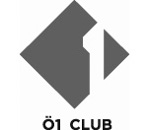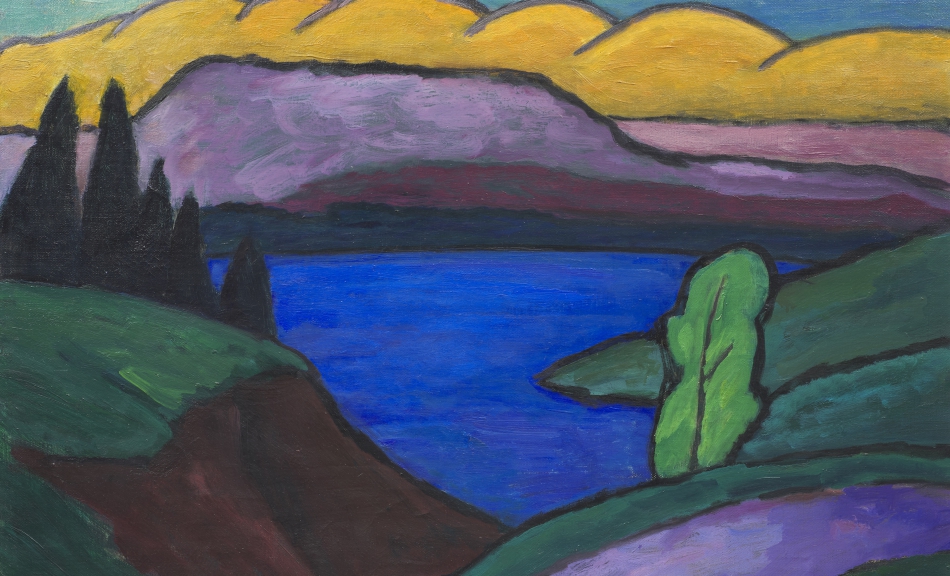Gabriele Münter (1877–1962) was much more than just “the woman by Kandinsky’s side”. Thanks to exhibitions and publications on her oeuvre, especially throughout the past two decades, she has earned wide recognition as one of the leading protagonists of the German avant-garde. Now, the Leopold Museum is the first institution in Austria to dedicate a comprehensive solo exhibition to her work. Divided into twelve thematic emphases, the exhibition highlights the stages of the Expressionist painter’s life, which often coincided with changes in her style and lively interest in untested techniques and subjects.
More than 130 exhibits from public and private international collections – including oil paintings, printed graphic works, drawings, photographs and artisanal objects – afford profound insights into the artist’s multi-faceted oeuvre.
Partner of the Leopold Museum
 |
Partner
 |
Projektsponsor
 |
Media Partners
 |
 |
Patron
 |




Share and follow